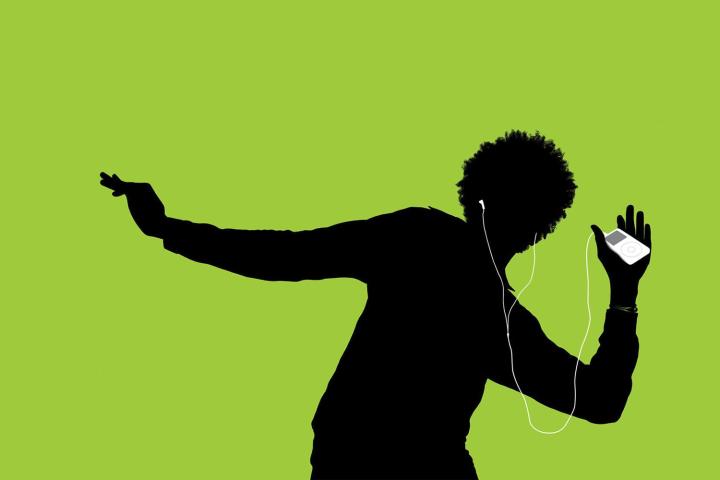
When word first slipped that Apple would acquire Beats, there was no shortage of speculation into its motives. We’re talking billions of dollars here — that’s a lot of Magic Mice. It also stands out as a fairly unusual acquisition for Cupertino, which has a long history of absorbing companies you’ve never heard of. With the cat now out of the $3-billion-dollar bag, Apple is finally free to explain itself.
“This is all about music, and we’ve always viewed that music was key to society and culture,” CEO Tim Cook told re/Code shortly after the reveal. “Music’s always been at the heart of Apple. It’s deep in our DNA. We’ve sold Macs to musicians since the beginning of Macs. And we accelerated the music industry with the digital music revolution with the iPod and the iTunes music store.”
“We accelerated the music industry with the digital music revolution.”
The most prominent example of Apple pulling this off in the past comes from the iTunes Store. Introduced in 2003, less than two years after the initial shuttering of Napster, the store proved what many thought impossible: People were still willing to spend their hard-earned money on music. The service offered an easy-to-use, straight-forward approach to downloading music, wherein, unlike pirate sites, users actually knew what they were getting. Best of all, it worked perfectly with the company’s already massively popular iPod line. The iTunes Store quickly followed the iPod’s lead, becoming the dominant force in online music sales, and for many record labels, a rare silver lining to the turmoil dredged up by present by digital downloads.
In the decade since, Apple has managed to maintain dominance in the music download space, even with increased competition from major players like Google and Amazon. But being on top offers little motivation to experiment, and as such, not much has changed in the world of iTunes, pricing included. Most of the major changes to the service over the past several years have resulted from merely duping competitors, like the aforementioned Ping, which Apple would likely prefer we all forget, along with the dropping of DRM and the introduction of iTunes Match and iTunes Radio.

As such, it only seemed like a matter of time before the company went full-bore into music streaming, a move pundits have been predicting since the early days of Rhapsody and Napster 2.0. Never did that move seem as inevitable as when the company purchased streaming Lala in 2009. The fruits of that acquisition manifested in the form of Match, a cloud-based song-matching feature, and Ping, a sort of failed music social network offering that paled in comparison to competing services like Rdio.
All the while, Apple stood idly by as music-streaming services grew up around it. It took Spotify a full three years to work out the licensing rights to launch in the United States, but the company still beat Apple by another three years. As a result of Spotify’s largely undisturbed growth, the Swedish streaming service announced its 10 millionth subscriber earlier this month.
It only seemed like a matter of time before the company went full-bore into music streaming.
Ahead of any sort of Apple-branded relaunch, it’s difficult to say whether the company ultimately has any plans that might legitimately disrupt the music industry yet again. But for the time being, this deal stands in contrast to past acquisitions given the prominence and price of the acquisition. On the face of it, the deal looks less like Apple reaching out to save an ailing music industry, and more like Apple attempting to saving itself. As public interest has shifted from paying by the song or album to paying by monthly subscription, Apple needs a subscription to offer.
With iTunes, Apple helped break down many of the notions of “ownership” surrounding music purchases, by doing away with psychical format albums and much of the pride surrounding record collection. The service’s early device-limiting DRM approach to distribution also called into question whether or not you could actually claim ownership of a piece of music when the company that sold it to you limited the number of copies you could make of a song and the devices you could play it on.
It doesn’t take a lot of imagination to make the leap from that scenario to a world in which people are merely “renting” their music library for $10 a month. It seemingly took Apple quite some time to buy into that concept as a viable business model, and it was precisely that failure to innovate that ultimately cost the company a few billion when it finally opted to enter the world of streaming subscriptions for real.
Editors' Recommendations
- Apple Music vs. Spotify: Which music streaming service is the best?
- Best Apple Watch Series 9 deals: Get the smartwatch for $309
- Apple Music just got a cool feature you won’t find on Spotify
- How to back up your Apple Watch in ten minutes or less
- Apple iPad Air is back down to its Black Friday price


